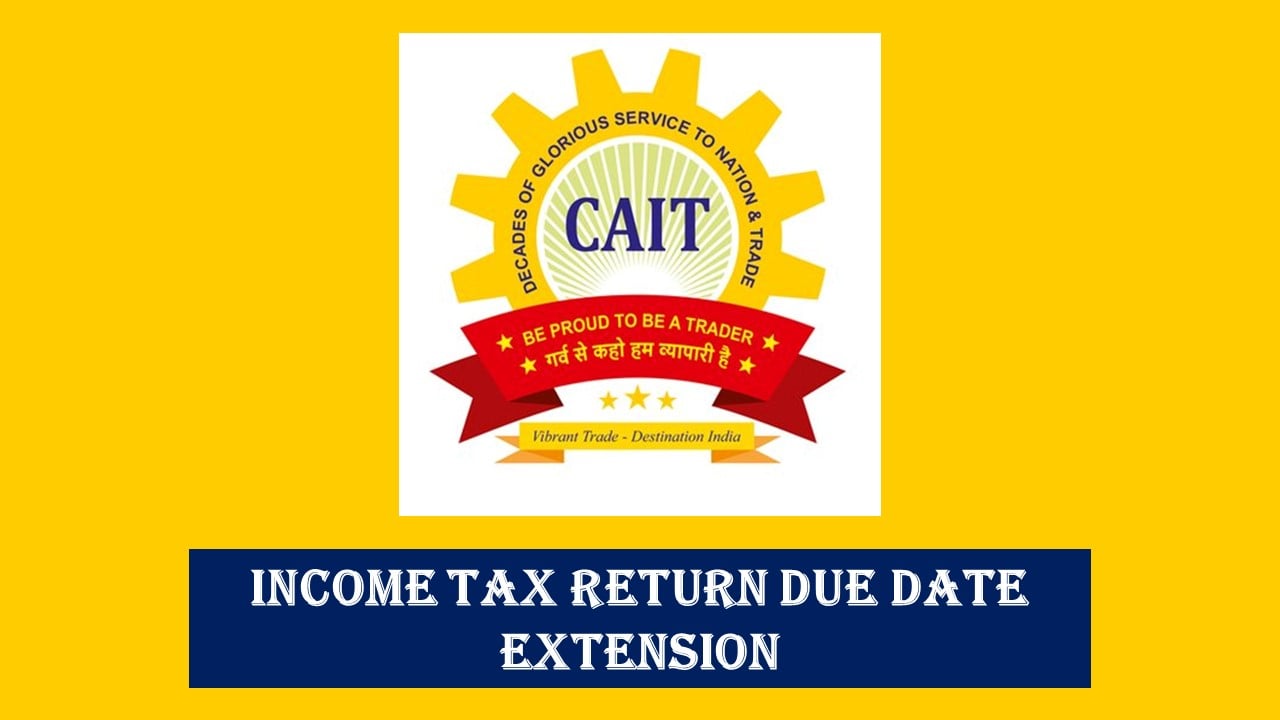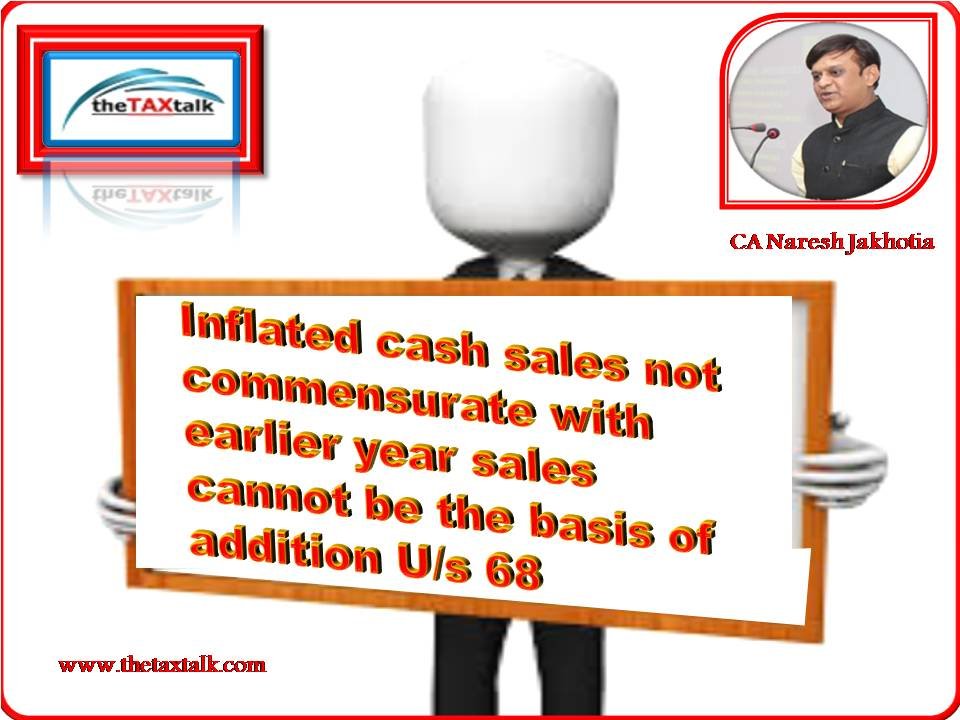In Janet R. Braen et al. v. Commissioner, T.C. Memo. 2023-85 (July 11, 2023) (Judge Urda), we learn that there is no charitable deduction for a bargain sale done to settle a lawsuit, even though it was a huge bargain sale. There, the taxpayers claimed a $5.2 million charitable contribution deduction from a bargain sale they had made with a New York town called Ramapo. Judge Urda needs every one of 39 pages to explain the complex facts and apply them. But the basic Lesson I see in the case is this: even a big bargain sale to a charity requires donative intent. Without a donative intent, there is no §170 deduction, no matter how big the bargain. Intent is determined by objective facts surrounding the transaction. Here, those facts showed that the taxpayers’ intent was not to be charitable; their intent was to settle a lawsuit they had filed against the town. By settling they avoided the risk of a more adverse outcome had the lawsuit proceeded, and they regained their right to develop the land they did not sell. I confess this is not quite the way Judge Urda sees the case. So see what you think. Details below the fold.
Law: Deductions for Bargain Sales to Charities
Generally speaking, a taxpayer cannot take a charitable deduction for payments to a charity when the charity gives them value in return. We call that quid pro quo. As the Supreme Court put it: “[t]he sine qua non of a charitable contribution is a transfer of money or property without adequate consideration.” United States v. American Bar Endowment, 477 U.S. 105, 118 (1986) (emphasis supplied). Rev. Rul. 83-104 gives a lovely set of facts exploring what constitutes quid pro quo in private school settings. And the quid pro quo does not have to be in money or tangible goods; buying your way up the stairway to Heaven is not charitable. Hernandez v. Commissioner, 490 U.S. 680 (1989) (payments for spiritual sessions were not charitable donations).
As implied by the word “adequate” in the Supreme Court quote, taxpayers can take a deduction when the value of what they give the charity exceeds the value of what they get in return. We see that in bargain sales to charities. That’s when a taxpayer sells property to a charity for much less than that property’s fair market value (fmv). While the bargain sale looks like a single transaction, tax law treats it as two separate transactions: in part a sale and in part a gift.
For the sale part, the taxpayer uses the rules in §1001 to determine gain by treating the payment received from the charity as the amount realized for purposes of calculating gain. However, the taxpayer still needs to determine the basis to use for the sale part. Section 1011(b) tells us that “the adjusted basis for determining the gain from such sale shall be that portion of the adjusted basis which bears the same ratio to the adjusted basis as the amount realized bears to the fair market value of the property.” In other words, a taxpayer must divide the property into that which is sold and that which is donated and allocate basis accordingly. See Treas. Reg. 1.1011-2,
Just as the taxpayer must allocate basis for the sale part, the taxpayer must also allocate the fmv for the gift part. Treas. Reg. 1.170A-4(c) says that “there shall be allocated to the contributed portion the amount of gain that is not recognized on the bargain sale but that would have been recognized if such contributed portion had been sold by the donor at its fair market value at the time of its contribution to the charitable organization.” (emphasis supplied)
The example I use in class is that of a taxpayer who buys property for $100. It’s fmv increases to $200. At that point the taxpayer wants to give the property to a charity but also wants to get their basis back. So they sell the property to the charity for $100. This is a sale of half the property and a donation of the other half. Why? Think of it as the size of the bargain: $100 paid for $200 worth of property is a ratio of ½. Thus, the taxpayer allocates their basis of $100 by that ratio to each of the sale part and the gift part. The taxpayer thus has a gain of $50 on the transaction ($100 amount realized minus the allocated basis of $50) and has a donation of property with a fmv of $100 (the allocated portion of the entire property’s fmv) and a basis of $50 (the allocated basis).
Under this fact pattern, the amount of the charitable contribution will depend on whether the taxpayer must reduce to basis under the rules in §170(e) and regulations cited above.
But whether the taxpayer can claim a deduction for whichever is the correct amount is a totally different question. The taxpayer must still have the requisite donative intent. That is really the first question to ask. It’s the starting line. No donative intent, no §170 deduction. The starting line is still that “[a] charitable gift or contribution must be a payment made for detached and disinterested motives. This formulation is designed to ensure that the payor’s primary purpose is to assist the charity and not to secure some benefit personal to the payor.” Christiansen v. Commissioner, 843 F.2d 418, 420 (10th Cir. 1988) (emphasis supplied).
In Pollard v. Commissioner, T.C. Memo. 2013-38, the taxpayer could not even get off the starting line. There the taxpayer donated an easement to a City but did so in order to induce the City to grant a zoning variance. The Tax Court echoed the opinions of many other courts when it explained that it would determine donative intent from objective factors and the taxpayer’s subjective testimony of motivation: “In ascertaining whether a given payment was made with the expectation of any quid pro quo, courts as well as the Commissioner examine the external features of the transaction in question. This avoids the need to conduct an imprecise inquiry into the motivations of individual taxpayers.” Op. at 20.
Pollard also illustrates what courts mean by objective factors: “If it is understood that the taxpayer’s contribution will not pass to the recipient unless the taxpayer receives a specific benefit in return, and if the taxpayer cannot receive such benefit unless he makes the required contribution, then the transaction does not qualify for the section 170 charitable contribution deduction.” Id. In that case, the taxpayer wanted some special zoning favors and granted the city a conservation easement to induce them to give the preferential zoning. “The external features of the transaction herein demonstrate that petitioner’s granting of both the first and second conservation easements to Boulder County was part of a quid pro quo exchange for Boulder County’s approving his subdivision exemption request.” Id. at 20-21.
Donative intent is the driver. If there is no donative intent, then the amount of what would otherwise be a contribution simply does not matter. No matter how big.
That is what we learn today. Or at least it is what I learned. You may have a different conclusion.
Facts
This case involves a family business, Braen Commercial Holdings Corp. (Braen). Braen runs a long-established mining operation Here is their website. Braen is a pass-through entity and is owned by lots of different members of the Braen family.
The facts are messy and Judge Urda does a masterful job in clearly explaining them in the first 16 pages or so. For this Lesson I think we can boil it down as follows.
In 1998 Braen bought land just outside (445.5 acres) and just inside (38.5 acres) the town of Ramapo, NY, for $3.5 million. Braen had plans for that outside land! Quarrying plans! And it had plans for the inside land because that land was zoned for industrial use and was next to “various solid waste and sludge composting facilities, and an electrical substation.” Op. at 2-3. Good neighbors!
But Braen’s plans needed to clear multiple local, state and federal hurdles. Despite years of effort, Braen couldn’t do it. In particular, Braen could not get the town of Ramapo to change some of its zoning restrictions. While the zoning had for 25 years permitted industrial use of the land, it also had explicitly prohibited quarrying, which is what Braen wanted to do on most of the land just outside Ramapo.
Ramapo did eventually change its zoning, but opposite of Braen wanted. In November 2004 it amended its zoning ordinances to no longer permit any industrial use, period. So now not only was quarrying explicitly prohibited, as it was when Braen bought the property, but the change to prohibit industrial use pretty much nixed Braen’s other plans for some of the land. So Braen did what any buyer would do when the zoning it had relied upon got pulled out from under them: it sued the town!
The parties went to court-ordered mediation and came up with a deal. Ramapo was not going to permit quarrying. So Braen would sell most of that land to Ramapo for cheap. Really cheap. In exchange, Ramapo would restore the industrial use zoning for the land that Braen wanted to keep, the land near the composting facilities and electrical substation. The contract to sell the land explicitly provided that “th[e zoning] lawsuit is being settled as part of the conveyance of the [p]roperty from [Braen] to the Town of Ramapo.” Op. at 10. Similarly, a later section also specified that the land sale was “contingent on the settlement of” the zoning litigation “and the entry by the Court of an Order which shall include the subdivision of the property in substantial conformity with the proposed order appended hereto.” Id. Finally, the referenced Court Order explicitly provided that, for the property Braen was keeping, the zoning designation would “immediately revert to its prior designation of [planned industrial].” Id.
On its 2010 return, Braen took a weird position. It claimed a §170 deduction of only $5,222,000 and passed that through to the family members. What is weird is that, in an attachment, it claimed that it should be taking a deduction for $12,222,000, which represented the difference between the claimed fmv of the property sold ($17,472,000) and the bargain sales price of $5,250,000. It is not clear from the opinion why Braen was attempting to take a far, far smaller deduction. I am guessing that the return preparer did not know what value to associate with the zoning reversion that was part of the settlement. But as we shall soon see, that simply did not matter, at least in my view.
Lesson: It’s Not The Size Of The Bargain, It’s the Size of Your Heart
Braen claimed it sold property worth $17.5 million for a mere $5.2 million to the town of Ramapo. That’s about a 70% discount. A huuuuge bargain! The parties fought hard about the size of the bargain partly because the taxpayer’s appraisal of the property’s fmv was a bit suspect but mostly because the IRS pushback was “yeah but you got the zoning changed back as well, so that was part of the consideration you received for the land.” Judge Urda agreed with that.
For reasons I do not understand, Judge Urda says that his “resolution of the…dispute hinges on two principal requirements to claim a charitable contribution deduction in connection with a bargain saile: (1) the fair market value of the property donated must exceed the value of any benefits received and (2) the taxpayer must supply a contemporaneous written acknowledgement from the recipient substantiating the contribution.” Op. at 16.
Judge Urda first explains how Braen was unable to prove the value of the zoning reset. Thus, because Braen was unable to prove “the value of all consideration [it] received as part of the purported bargain sale…they are not entitled to the claimed charitable contribution deduction.” Op. at 18 (emphasis supplied).
Judge Urda next spends a long time discussing the failure to obtain a contemporaneous written receipt. Braen did not have one. Instead during the settlement process, the Braen CPA sent a blank Form 8283 to Ramapo, and the City Manager signed it at closing. Op. at 11. That was far from acceptable, leading Judge Urda to conclude that the “failure to comply with requirements of section 170(f)(8) … prohibits the Braens from claiming charitable contribution deductions.” Op. at 22.
I confess confusion. It seems Judge Urda wants to equate the size of the bargain with the size of the donative intent. But to me donative intent is a separate hurdle that goes to the ability to take a deduction. The size of the bargain just goes to the amount of the deduction. Judge Urda had already explained that “deductibility does not depend on what type of benefit the taxpayer received” and he explicitly noted the cases where “we have found that a transfer of real property in exchange for development approvals … precludes a finding of the requisite donative intent.” Op. at 17. Even if the value of the property transferred exceeds the fmv of the quid pro quo, that excess must be “made with the intention of making a gift.” Id.
So I was really expecting that to be the basis of the opinion. After all, Judge Urda finds, as a matter of fact that “The zoning reversion was central to the overall deal” Op. at 19, and sets out how Braen was simply not going to settle without getting that zoning reset. That finding seems to me to vitiate any claim of donative intent. Braen did not want to be nice to Ramapo. Braen wanted Ramapo to behave! Winning the lawsuit was one way to force it to behave. But settling achieved the same goal. That seems to me to show that the primary purpose was not to help the town but was to secure a benefit personal to Braen. This seems really close to Christiansen v. Commissioner, 843 F.2d 418, 420 (10th Cir. 1988).
I invite comments from readers who are more perceptive than I am on why Judge Urda based the opinion on valuation and substantiation when I think the lesson here is about donative intent.
Bryan Camp is the George H. Mahon Professor of Law at Texas Tech University School of Law, a small law school in a really big state. He invites readers to return each Monday (or Tuesday if Monday is a federal holiday) to TaxProf Blog for another Lesson From The Tax Court.
[Editor’s Note: If you would like to receive a daily email with links to each Lesson From The Tax Court and other tax posts on TaxProf Blog, email here.]
https://taxprof.typepad.com/taxprof_blog/2023/07/lesson-from-the-tax-court-size-does-not-matter.html




